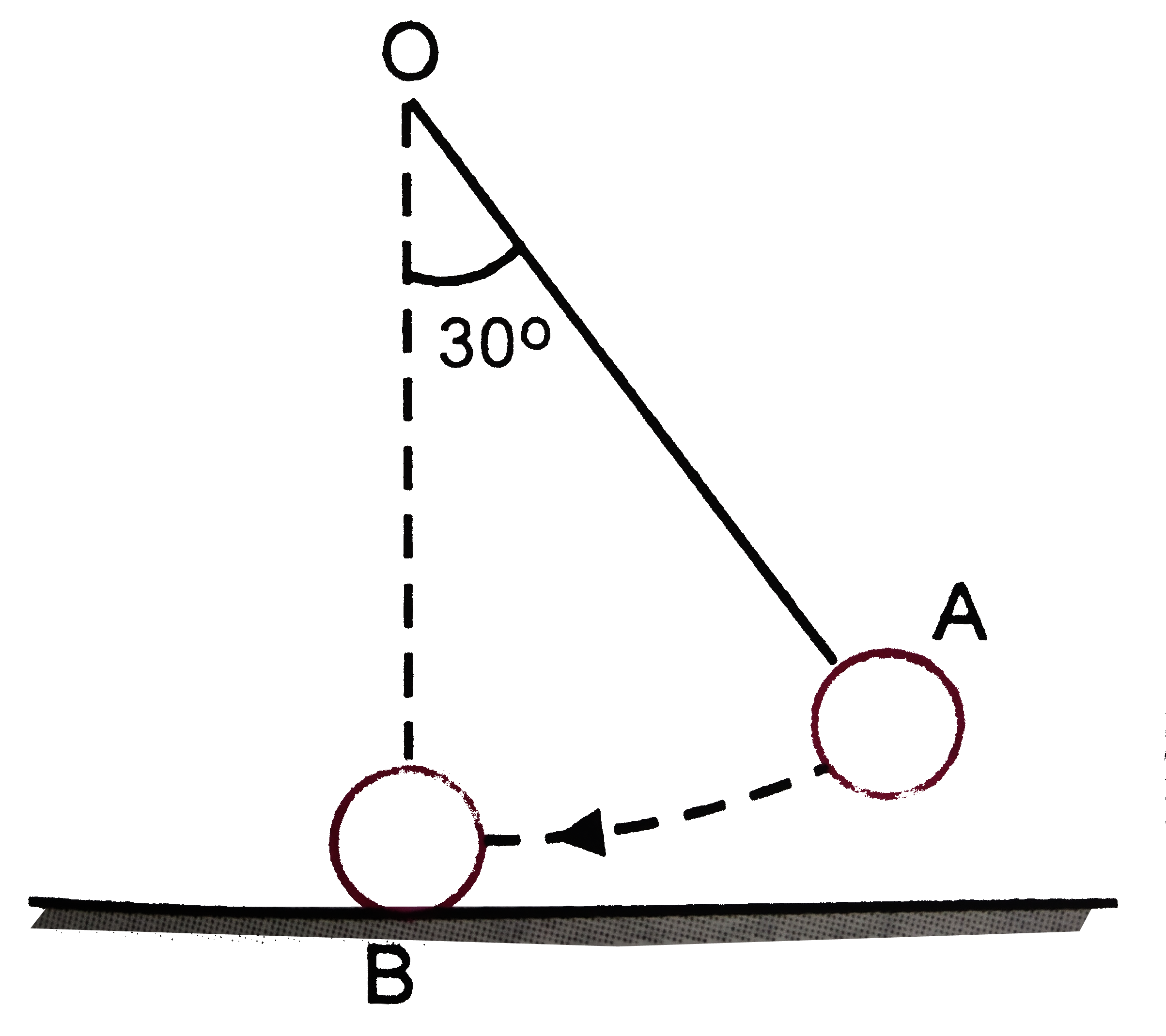Text Solution
Verified by Experts
|
Topper's Solved these Questions
WORK, ENERGY AND POWER
PRADEEP|Exercise Additional Exercises|3 VideosView PlaylistWORK, ENERGY AND POWER
PRADEEP|Exercise higher order thinking skills|10 VideosView PlaylistWORK, ENERGY AND POWER
PRADEEP|Exercise Advanced Problems For Competitions|20 VideosView PlaylistTHERMODYNAMICS
PRADEEP|Exercise Assertion- Reason Type Questions|19 VideosView Playlist
Similar Questions
Explore conceptually related problems
Knowledge Check
A
B
C
D
Submit
A
B
C
D
Submit
A
B
C
D
Submit
Similar Questions
Explore conceptually related problems
PRADEEP-WORK, ENERGY AND POWER-NCERT EXERCISES WITH SOLUTIONS
- A body constrained to move along the z-axis of a co-ordinate system, i...
02:39
|
Play - An electron and a proton are detected in a cosmic ray experiment, the ...
04:39
|
Play - A rain drop of radius 2mm, falls from a height of 500 m above the grou...
09:36
|
Play - A molecules in a gas container hits the wall with speed 200m//s at an ...
02:24
|
Play - A pump on the ground floor of a building can pump of water to fill a ...
06:17
|
Play - Two identical ball bearings in contact with each other and resting on ...
04:09
|
Play - The bob A of a simple pendulum released from 30^(@) to the vertical hi...
03:40
|
Playing Now - The bob A of a simple pendulum is released from a horizontal position ...
04:12
|
Play - A trolley of mass 300 ks carrying a sand bag of 25 kg is moving unifor...
03:03
|
Play - A particle of mass 0.5kg travels in a straight line with velocity v=ax...
02:38
|
Play - The blades of a windmill sweep out a circle of area A. (a) If the wind...
04:53
|
Play - A person trying to lose weight (dieter ) lifts a 10 kg mass through 0....
03:05
|
Play - A family uses 8kW of power. (a) Direct solar energy is incident on the...
02:33
|
Play - A bullet of mass 0.012 kg and horizontal speed 70ms^(-1) strikes a blo...
06:21
|
Play - Two inclined frictionless tracks, one gradual and the other steep meet...
06:38
|
Play - A 1kg block situated on a rough incline is connected to a spring of sp...
05:26
|
Play - A bob of mass 0.3 kg falls from the ceiling of an elevator moving down...
03:16
|
Play - A trolly of mass 200kg moves with a uniform speed of 36 km//h on a fri...
07:47
|
Play - Which of the following potential energy curves in figure., cannot poss...
04:22
|
Play - Consider the decay of a free neutron at rest: ntop+e^(-) Show that the...
02:47
|
Play
